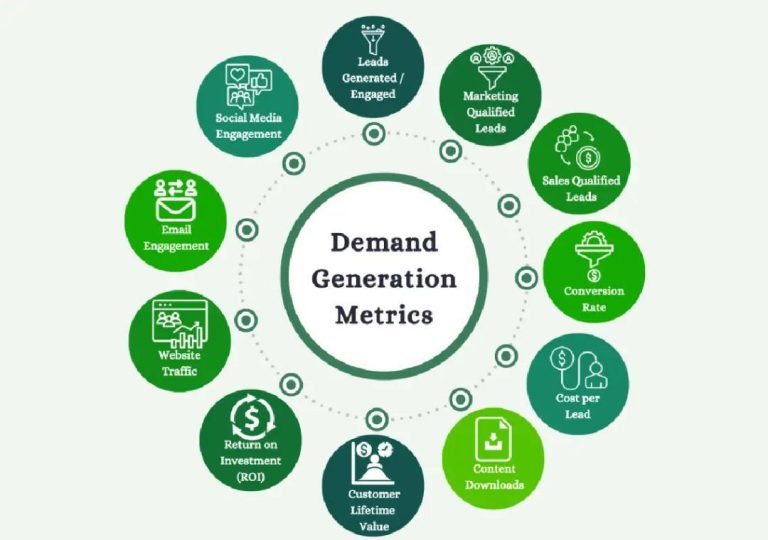
Is AI Improving Performance Without Scaling Cost?
Artificial Intelligence (AI) has been transforming the way businesses operate, and its impact is more pronounced than ever before. AI companies are growing efficiently, and it’s not just about the technology itself, but how it’s being implemented. Automation is handling repetitive tasks, models are adapting in real-time, and these firms don’t need more people to serve more customers. Instead, they need smarter pipelines. As growth compounds, costs do not. This structural efficiency gives AI-native companies a huge margin edge.
One of the most significant advantages of AI is its ability to automate repetitive tasks, freeing up human resources to focus on more strategic and high-value activities. This is particularly true in industries where data processing and analysis are critical, such as finance, healthcare, and customer service. By automating these tasks, AI companies can reduce the need for manual labor, which not only saves time and resources but also improves accuracy and reduces the risk of human error.
Another key benefit of AI is its ability to adapt to new situations and learn from data in real-time. This means that AI models can improve their performance over time, without the need for manual intervention or updates. This is particularly valuable in industries where data is constantly changing, such as finance and healthcare, where AI models can quickly adapt to new regulations, trends, and patterns.
But what about the cost? Surely, implementing AI requires significant investment, and that’s where the scaling challenge comes in. Many companies struggle to scale their AI initiatives, and it’s not just about the cost of hardware and software. It’s also about the need for skilled professionals, data scientists, and engineers to develop, implement, and maintain the AI systems.
However, AI-native companies are bucking this trend. They’re able to grow efficiently, without the need for significant scaling of personnel or infrastructure. This is because AI models are designed to learn and adapt, rather than requiring manual intervention or updates. This means that AI companies can focus on developing and refining their models, rather than constantly training and retraining their staff.
So, how are AI companies achieving this structural efficiency? One key factor is their ability to leverage data, not just to improve performance but also to drive growth. By analyzing large datasets, AI companies can identify patterns, trends, and correlations that would be difficult or impossible to identify manually. This data-driven approach allows them to make informed decisions, optimize their operations, and identify new opportunities for growth.
Another factor is the use of cloud-based infrastructure, which provides the scalability and flexibility needed to support AI workloads. Cloud providers such as Amazon Web Services (AWS), Microsoft Azure, and Google Cloud Platform (GCP) offer a range of AI-specific services, including machine learning, natural language processing, and computer vision. These services are designed to simplify the development and deployment of AI models, and provide the scalability and reliability needed to support large-scale AI workloads.
Finally, AI companies are also leveraging the power of open-source software, which provides a range of benefits, including flexibility, customizability, and cost-effectiveness. Open-source AI frameworks such as TensorFlow, PyTorch, and Scikit-Learn provide a range of pre-built models and algorithms, which can be used to develop and deploy AI applications. This not only saves time and resources but also allows companies to develop and refine their models in-house, rather than relying on external vendors or consultants.
In conclusion, AI is improving performance without scaling cost, and it’s not just about the technology itself, but how it’s being implemented. AI companies are growing efficiently, and it’s not just about the cost of hardware and software, but also about the structural efficiency of their operations. By leveraging data, cloud-based infrastructure, and open-source software, AI companies are able to achieve a huge margin edge over their competitors.
Source: https://www.growthjockey.com/blogs/ai-companies-performance-breakthrough






